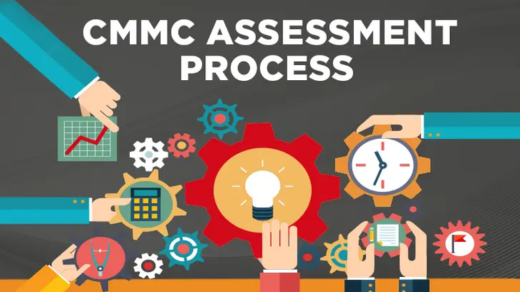In any large-scale project, change is inevitable. Whether it’s due to shifting client requirements, unforeseen issues, or technological advancements, managing change effectively is crucial to the success of a project. Change management is the process of planning, implementing, and overseeing changes within a project to minimize disruptions and ensure that objectives are still met. In this article, we will explore the importance of change management, effective project change strategies, and the key steps in the change management process to help navigate changes in large-scale projects.
Why Change Management Matters in Large-Scale Projects
Large-scale projects typically involve multiple stakeholders, significant investments, and complex workflows. As a result, even small changes can have a ripple effect, leading to budget overruns, delays, or scope creep if not managed properly. Without a clear change management process, these adjustments can cause confusion, reduce team productivity, and ultimately compromise the project’s success.
Change management allows project managers to anticipate changes, evaluate their impact, and implement solutions in a structured way. This ensures that changes are introduced without derailing the entire project, allowing the team to stay focused on achieving the final objectives.
Key Elements of an Effective Change Management Strategy1. Clear Communication Channels
One of the most important aspects of managing changes in projects is clear communication. Changes should be communicated to all relevant stakeholders as soon as they arise. This ensures that everyone is on the same page and understands how the changes will affect their role in the project.
By establishing communication protocols at the start of the project, you can streamline the flow of information and reduce confusion when changes occur. This includes creating a centralized platform for sharing updates and holding regular meetings to discuss ongoing changes and their impact.
2. Assessing the Impact of Changes
Before implementing any change, it’s essential to evaluate how it will impact the project. This involves conducting an in-depth analysis of how the change will affect the project’s timeline, budget, resources, and scope. In large-scale projects, even minor changes can lead to significant consequences, so understanding the full picture is crucial.
By assessing the change’s impact, you can develop contingency plans, adjust the project timeline, and ensure the necessary resources are available to accommodate the change without compromising the project’s overall goals.
3. Implementing a Structured Change Approval Process
A well-defined approval process is key to successful change management. Changes should not be implemented haphazardly; they need to go through a formal approval process to ensure that they are necessary and that their impact has been carefully considered.
This process typically involves submitting a formal change request, which is then reviewed by key stakeholders or a change control board. Once the change is approved, it can be implemented according to the established plan. This ensures accountability and minimizes the risk of unnecessary changes being introduced.
4. Training and Supporting Your Team
Changes can often require team members to adapt to new processes, technologies, or workflows. To facilitate smooth transitions, it’s important to provide training and support to your team. This could involve offering training sessions on new systems, providing clear documentation, or assigning mentors to help team members adjust to the change.
By equipping your team with the right tools and knowledge, you can minimize resistance to change and ensure that everyone is ready to implement the new strategies effectively.
5. Monitoring and Reviewing Changes
Once a change has been implemented, it’s crucial to monitor its effects on the project and make adjustments as needed. Regularly reviewing the outcomes of the change will allow you to identify any unforeseen issues and take corrective action before they escalate.
By consistently monitoring changes, you can maintain control over the project and ensure that it stays aligned with its overall objectives.
The Change Management Process
A structured change management process is critical for navigating changes in large-scale projects. Here’s a breakdown of the key steps involved:
- Identify the Change: Recognize the need for change, whether it’s due to internal factors (e.g., resource allocation) or external factors (e.g., client demands or market conditions).
- Submit a Change Request: Document the proposed change in detail, outlining the reason for the change, its impact on the project, and any potential risks.
- Analyze the Impact: Evaluate how the change will affect the project in terms of time, cost, resources, and scope. Identify any potential risks and develop a plan to mitigate them.
- Approve or Reject the Change: Present the change request to stakeholders or a change control board for review. They will decide whether the change should be approved based on its impact and necessity.
- Implement the Change: If the change is approved, begin the implementation process according to the agreed-upon plan. Ensure that all team members are informed and prepared for the change.
- Monitor and Review: After the change is implemented, monitor its impact and review its effectiveness. Make adjustments as needed to ensure the project remains on track.
In large-scale projects, change management is essential for maintaining project stability and achieving success. By following a structured change management process and implementing effective project change strategies, project managers can navigate changes smoothly, minimize disruptions, and ensure that the project’s goals are met. Managing changes effectively not only helps keep projects on track but also fosters a collaborative and adaptive environment, allowing teams to thrive even in the face of uncertainty. The right company will help you for your business development by finding everything you need – a good thermal insulation firm, a good accounting firm or other that you need.










